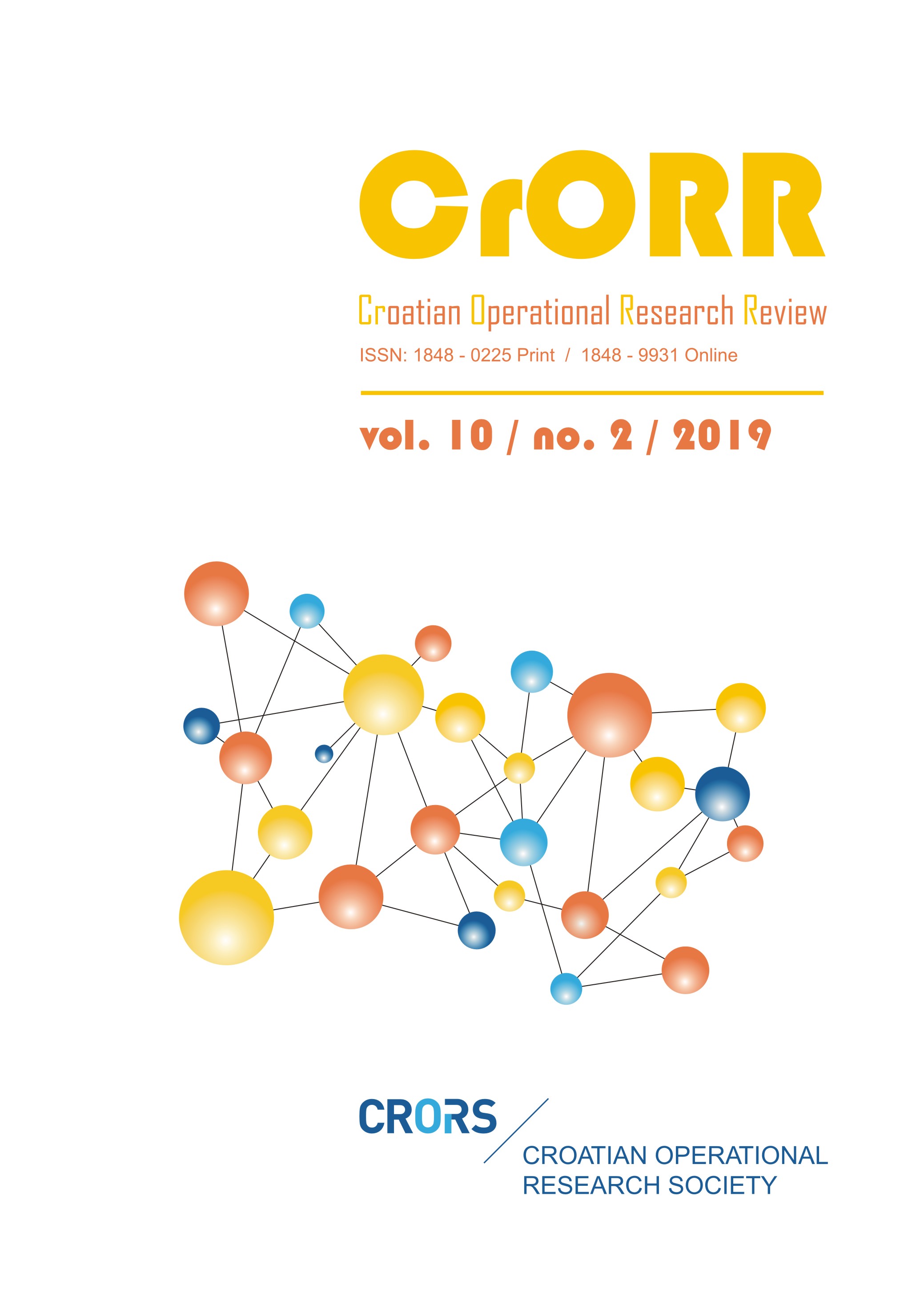Improving the productivity of the copper mining process in the Chilean copper industry
Abstract
This paper presents a linear programming model used for decision making in the mining process of copper concentration from sulphide minerals. The developed model enables the decision maker to select the types of ore to be used in the mix to maximize the metallurgical recovery and the copper grade at the end of the process. The model is of the mixture model of minerals with added economic variables such as processing costs, electric power and others. The process has four sub-processes that are crushing the ore, crushing the crushed ore, flotation of the ground ore to obtain copper concentrate and drying, in which the water is extracted. The model uses a set of variables whose size varies according to the number of lots of minerals and the number of planning days considered. The model may be considered a considerable problem when a long period of time is planned, but has only been implemented with 3.000 variables and 2.000 constraints. The developed model is being implemented in the National mining company, which buys ore from small producers to produce copper concentrate and then melt and refine it to obtain high grade copper. The generated model produces savings of the order of thousand dollars per day, when compared to the current methods of allocating minerals, which represents millions of dollars per year. It also produces a benefit due to the fact that lower operating costs are obtained, with estimate savings of the order of 5% of the current cost.
Downloads
Published
Issue
Section
License
- Authors retain copyright and grant the journal right of first publication with the work simultaneously licensed under a Creative Commons Attribution License that allows others to share the work with an acknowledgement of the work's authorship and initial publication in this journal
- Authors are able to enter into separate, additional contractual arrangements for the non-exclusive distribution of the journal's published version of the work (e.g., post it to an institutional repository or publish it in a book), with an acknowledgement of its initial publication in this journal.
- Authors are permitted and encouraged to post their work online (e.g., in institutional repositories or on their website) prior to and during the submission process, as it can lead to productive exchanges, as well as earlier and greater citation of published work (See The Effect of Open Access).


